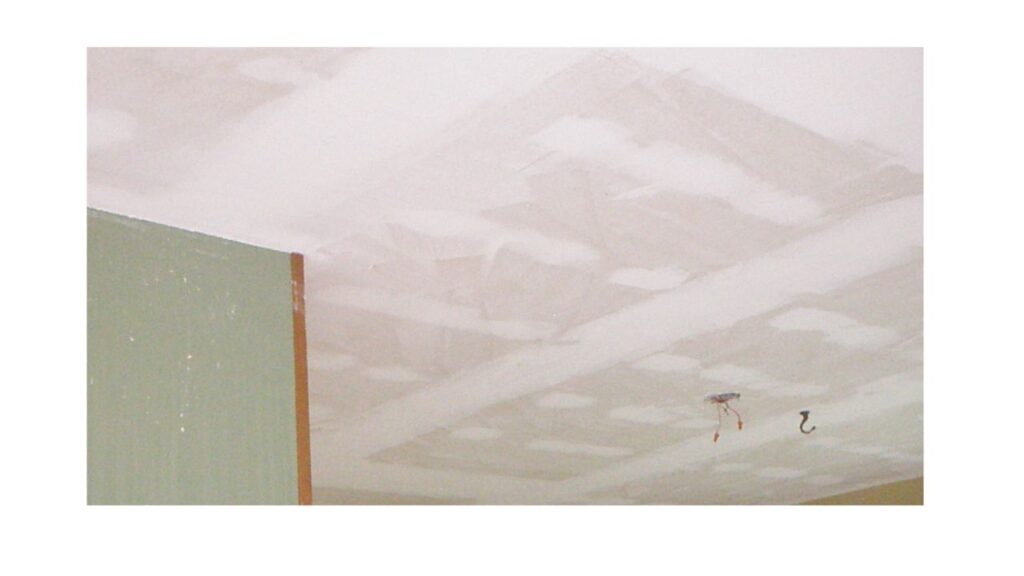How To Repair Cracks and Holes in Drywall
Drywall damage can range from small cracks to large holes, but most repairs are easy and inexpensive to fix. We have six different ways to make the repair depending on the size, type and place of the damage.
There are many ways in which drywall can be damaged — surface cracks, deep cracks, nail pops, dents on corners, small and large holes — find the fix that works best for your situation.
Surface Crack Repair
Unlike plaster, drywall has a seamless paper covering that rarely cracks or splits. When a crack appears, it is usually on a seam where two drywall sheets meet, and it is easily fixed.
If the crack is on a vertical or horizontal seam, carefully widen the crack with the corner of a paint scraper, utility knife or chisel to determine if the crack extends completely through the paper that is covering the seam and if the tape has pulled loose from the wall surface. If the tape is intact and well-adhered, the crack was probably caused by the old drywall compound drying and shrinking. Simply fill the crack with new compound. When applying the compound, hold the knife at a 70-degree angle and swipe across the crack. Make sure the knife is clean by scraping both sides of it over the edge of the pan. Allow the joint compound to dry completely then lightly sand the area Wipe away the dust then paint over it.www.manuelzpaintinghomeimprovementinc
Deep Crack Repair
If the crack extends through the seam’s paper tape or if the tape has pulled loose from the wall, use a razor knife to cut the tape about 6″ to 12″ from both ends of the damage Remove the tape but be careful not to tear away the drywall’s paper covering. Scrape away any loose compound and use a razor knife or drywall saw to expand the crack through the wall surface into the stud cavity Avoid removing solid, well-adhered compound beyond the crack itself.TESTIMONIALS
Fill the crack with new drywall compound and apply a thin coat of compound to the wall surface where the old tape was removed. While the compound is still wet, place a strip of fiberglass tape over the seam bridging the gap between the ends of the existing tape Use a putty knife to gently flatten wrinkles and to bed the tape into the compound.
Professional drywall Repair
Ceiling and Plaster walls
After the compound dries, add a second thin coat of compound over the taped area. Cover the tape and taper or “feather” the edges of the new compound onto the surrounding wall surface Drywall compound needs to be applied in multiple thin layers because thicker layers are too difficult to smooth out and will eventually cause cracking.
When the second coat is thoroughly dry, sand lightly to smooth out any bumps. Next, use a wide (8″ to 12″) joint-compound taping knife to completely cover the patch with a third and final coat. Try to blend this coat as seamlessly as possible onto the wall surface. After it dries, sand lightly, wipe away dust and repaint the entire area.
Quality the best Interior Painting Plaster Tape
Clean Neat

